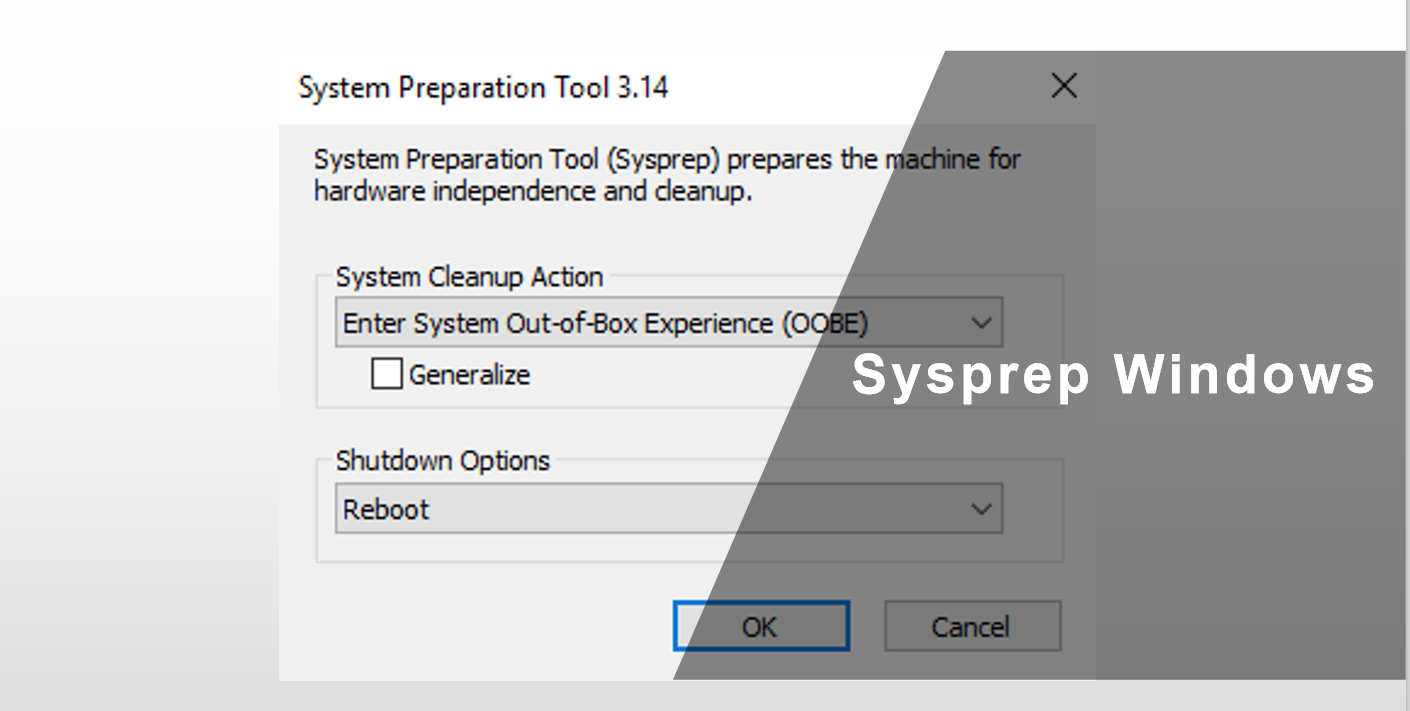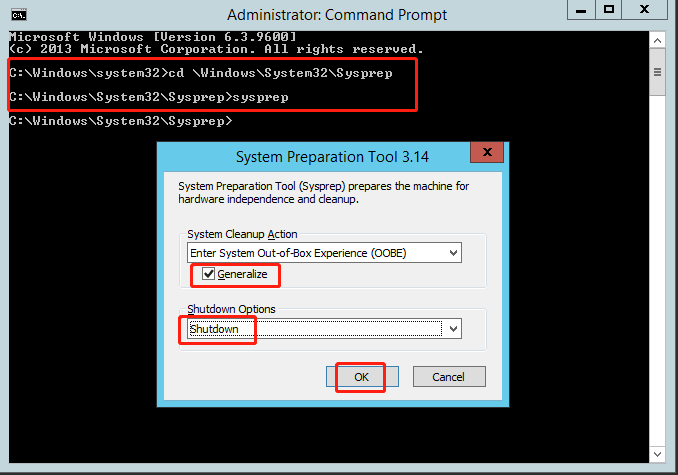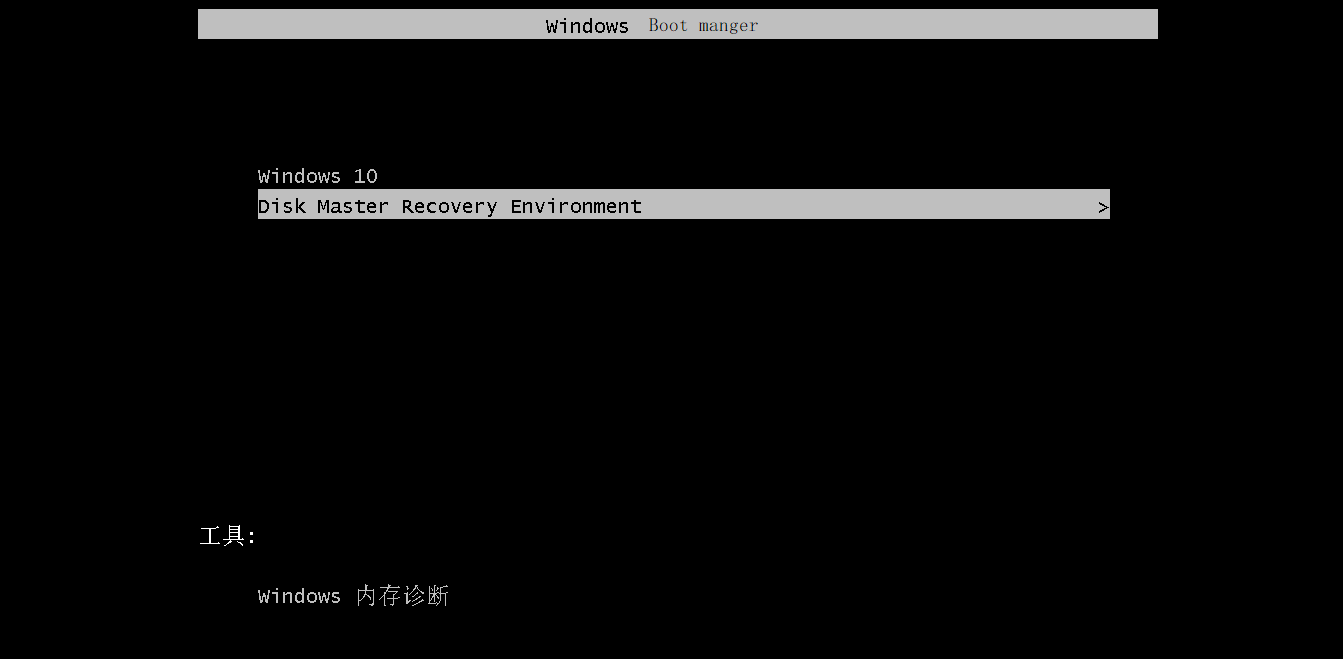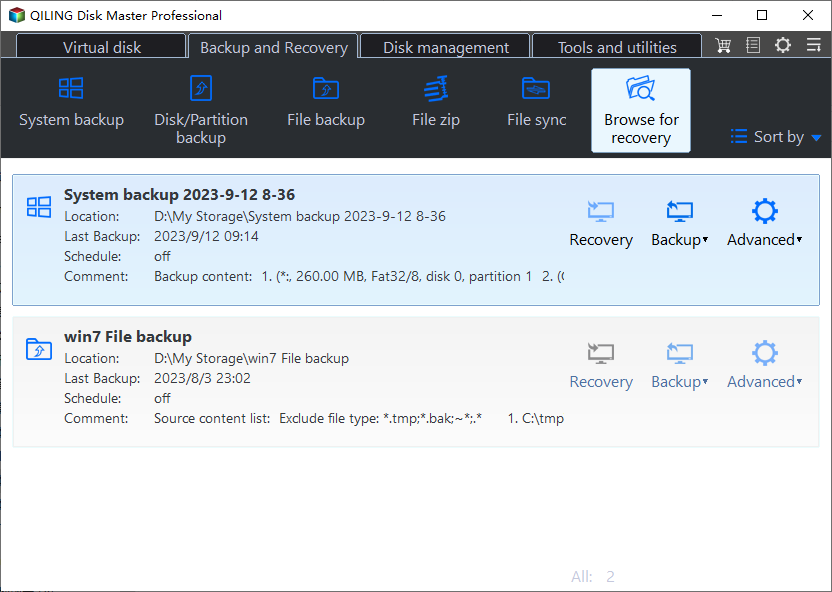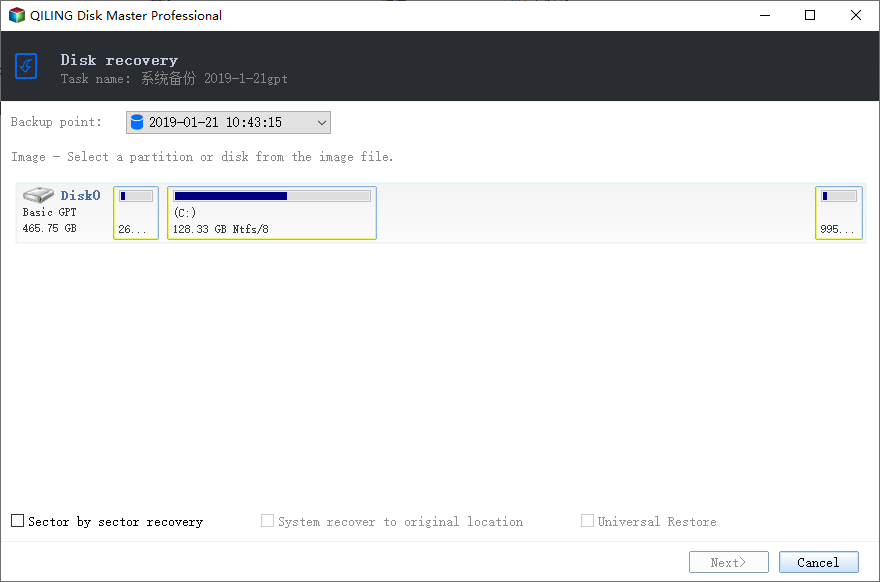Quick Start Guide to Sysprep in Windows Server 2012 (R2)
What is Sysprep used for?
To install the same operating system on many computers at once, Microsoft provides tools like Windows Deployment Services (WDS) and Microsoft Deployment Toolkit (MDT). Before deploying, users should create a system image backup for Windows Server 2012, and then use these tools to deploy the image to other computers over the same network.
After deploying Microsoft Office products, issues like WSUS incompatibility and Volume License key activation errors often occur, while other non-Microsoft products like Citrix may not function correctly, primarily due to duplicate SIDs (Security Identifiers).
When installing Windows, the operating system assigns a unique Security Identifier (SID) to the computer. However, if you copy the system image, the SID will also be duplicated, which can cause issues on the same network since duplicate SIDs are not allowed. To resolve this, you need to clear the SID information before deploying the system image.
Sysprep, a Microsoft system preparation tool, can be used to complete this task. Built into Server 2012, it effectively cleans out SID information and generalizes a new SID for every server image copied from the original image, wiping out all security identification and boot information in the process.
👉 How to run Sysprep in Server 2012 (R2)
👉 �dvanced way to deploy Server 2012 (R2) to multiple computersAdvanced way to deploy Server 2012 (R2) to multiple computers
How to run Sysprep in Server 2012 (R2)
To use Sysprep in Windows Server 2012, start by opening the System Preparation tool, which can be found in the Start menu under Accessories. Once open, select the "Generalize" option from the Sysprep menu to remove any specific hardware information from the system.
1. To open the Command Prompt as an administrator, press the Windows logo key + X at the same time, then select Command Prompt (Admin) from the menu.
2. Type cd \Windows\System32\Sysprep and then press Enter.
3. Sysprep can be run in two modes: GUI and command line, with GUI mode being highly recommended. To start, simply type "sysprep" and press Enter.
To explore the command line, type "sysprep /h" and press Enter.
4. Select Enter System Out-of-Box Experience (OOBE) and check Generalize. Choose Shutdown in Shutdown Options, then click OK.
* Enter System Out-The One-Off-Box Experience (OOBE) is a process where the system mimics the first boot screens, providing a user-friendly interface to guide the user through the initial setup and configuration of the device. This involves displaying a series of screens that walk the user through the setup process, such as language selection, network connection, and user account creation, in a way that is easy to understand and navigate.
* Generalize: remove system specific information from the computer.
* Shutdown: shutdown the computer when done.
*The above instructions also work with Sysprep in Server 2016.
5. Once the computer is shut down, you can use any available technique to deploy the server image to multiple computers.
Users may encounter issues with Sysprep not working when the Generalize option is selected, resulting in the original SID information not being deleted, which prevents the server image from being deployed remotely.
You are limited to running the Sysprep command up to 8 times on a single Windows image, after which you must recreate your Windows image. However, there is an advanced way to deploy Windows Server to multiple computers by using a technique called "sysprep and capture" or "WIM capture", which allows you to create a new Windows image after the 8th sysprep. This method involves running sysprep, capturing the image, and then using it to deploy to other computers. This process can be repeated multiple times, making it a more efficient way to deploy Windows Server to multiple computers.
Advanced way to deploy Server 2012 (R2) to multiple computers
One method of using Qiling Disk Master Technician Plus is to utilize its powerful backup, restore, and �lone features, as well as its embedded image deployment tool named Qiling Image Deploy (AID).clone features, as well as its embedded image deployment tool named Qiling Image Deploy (AID).
- With the Qiling Image Deploy tool, you can deploy system images to unlimited computers over a network.
- Compared to Windows built-in tools, this program is relatively simple to use.
- The system supports deploying an image to different hardware while ensuring secure boot, making it more pleasing and efficient.
- Client computers using both Legacy and UEFI boot are supported.
- Windows 11/10/8.1/8/7/Vista/XP and Server 2022/2019/2016/2012/2008/2003, including 32/64-bit and R2/SBS systems, are supported.
To get started, download and install Qiling Disk Master Technician Plus on your server computer. Once installed, you can see how it works.
Preparations before deployment
- To confirm that the server computer and all the client computers are in the same segment, ensure that they are all connected to the same router or switch, and that there are no intervening routers or firewalls between them. This will guarantee that they are all on the same network segment and can communicate with each other.
- Make sure that all the target computers support PXE boot.
- To ensure a smooth system installation on client computers, it's crucial that the disk sequence numbers are identical. Any other disks should be removed, and only the destination disk should be left for image deployment. This ensures that the installation process is consistent and reduces the risk of errors or compatibility issues.
Detailed steps of OS deployment
1. Launch Qiling Disk Master. Click Tools > Create Bootable Media to make a bootable disk.
2. Boot into WinPE from the bootable disk. When Qiling Disk Master loads up, click Backup > System Backup to create a system image without SID. Choose a network shared folder or NAS path to save the system image.
3. After creating WinPE, boot all client computers from the network.
4. Specify backup image file and client computers for OS deployment.
Click Browse > Add Network Location > enter the network path to select your system image file.
- Universal Restore is a tool used to deploy a system to computers with different hardware configurations.
5. After confirming your operations, click Proceed. You also have the option to shut down or restart the client computers once the OS deployment is finished.
Conclusion
To prepare a system image for deployment on multiple devices, run Sysprep in Windows Server 2012 before installing the operating system. Alternatively, you can use the Qiling Image Deploy tool in Qiling Disk Master Technician Plus to simplify and secure the deployment process, which also applies to deploying images to multiple virtual machines.
You can create bootable media of Qiling Disk Master, allowing you to run backup, restore, and clone operations on any computer. This gives you flexibility and convenience in managing your data.
Related Articles
- How to Use Sysprep in Windows 10 Step by Step?
To deploy OS to different computers, you can run Sysprep in Windows 10 to prepare a system image. This article provides a detailed tutorial and also an easier alternative. - Best Free Microsoft Deployment Toolkit (MDT) Alternative
Want to find a Microsoft Deployment Toolkit alternative to create a Windows 10 image for deployment? How to deploy Windows 10 image to multiple computers simultaneously? Just see the step-by-step guide. - 3 Best Practices for P2V (Physical to Virtual) Migration
Need to migrate Windows system from physical to virtual machine? Learn 3 best practices for P2V migration from this page. - QILING Fast Cache Tutorials
QILING Fast Cache can improve overall system performance.
